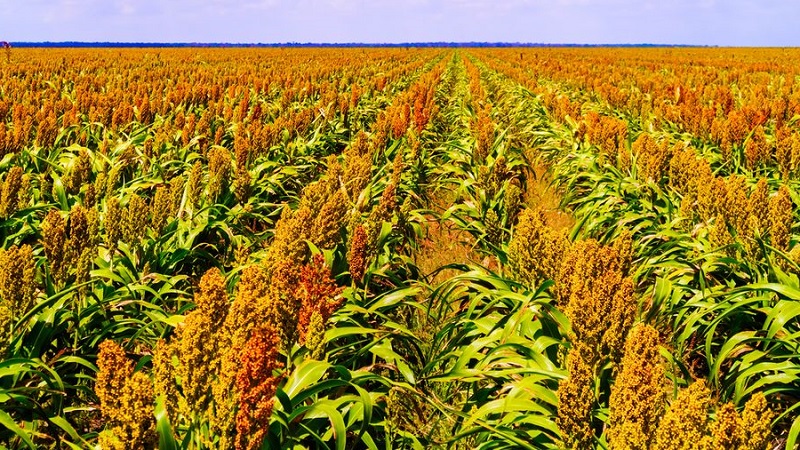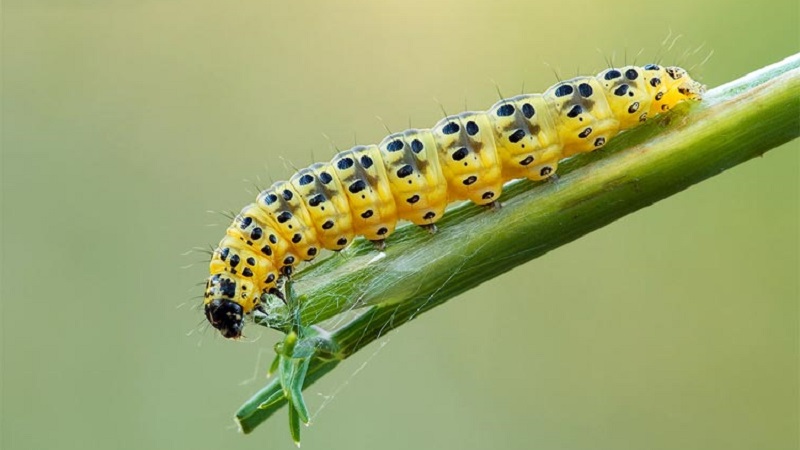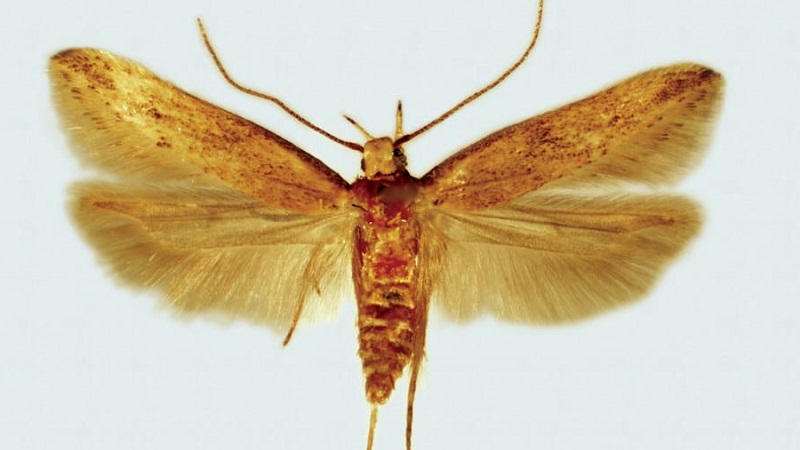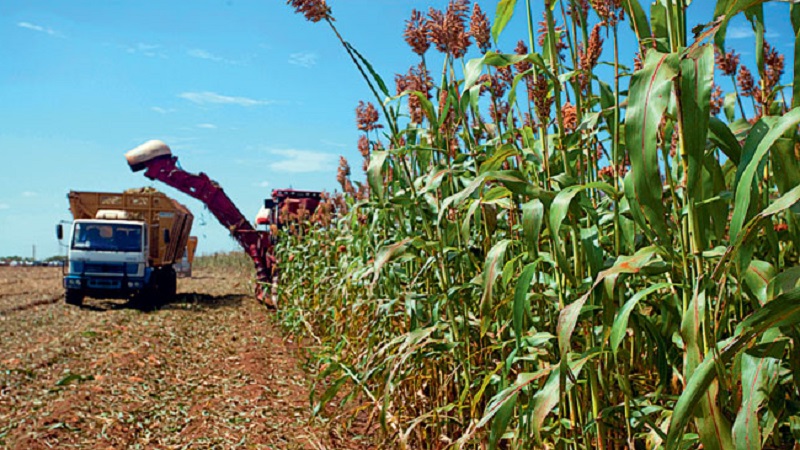What is Sudanese grass, how is it grown and where is it used
The Sudanese grass, better known as Sorochin millet or Sudanese sorghum, is an annual flowering plant from the cereal family. Due to its high nutritional value, the plant is used as a forage crop.
The homeland of sorghum is Central Africa and China. Here the cereal is found in the wild. We will tell you more about what it is - Sudanese grass and how to grow it in the article.
The content of the article
What is Sudanese Herb
Sudanese sorghum was first brought to Russia at the beginning of the 20th century, but cultivation on an industrial scale began only 50 years later.

Culture characteristics
Sudanese grass is an annual crop of the Sorghum genus, Cereals family... Sudanese is eagerly eaten by cattle, sheep and horses, as it contains a lot of natural sugars. In terms of food value, the crop is ahead of most cereals.
The green mass of this herb is rich in proteins, sugars and ash.... Sorghum is used for silage preparation. In terms of nutritional value, Sudanese silage is practically not inferior to that of corn harvested in the phase of milky-wax ripeness.
Biological features
Sudanese sorghum is a drought-resistant crop with a developed root system. Grows best on black earth soils. It is possible to cultivate cereals on slightly saline soils. Culture does not grow on swampy and acidic podzolic lands.
It's important to know.Sudanese grass is demanding on the availability of nutrients in the soil, in particular nitrogen.
A valuable biological feature of the herb - rapid regrowth after mowing and grazing. The culture gives 2-3 bevels per summer, and with regular watering - 4-5. The average yield is 600–1000 c / ha.
Disadvantages of Sudanese - slow growth at the beginning of the growing season, as a result of which crops often drown out weeds.

Properties
The powerful fibrous root system of the plant penetrates into the soil to a depth of 3 m... It loosens the soil well and promotes the active development of soil microorganisms and earthworms. Sudanese improves soil fertility.
Grass stems are erect, from 1.5 to 3 m in height, often branching. Inflorescence is a spreading panicle. Cross pollination. The fruit is a film weevil covered with spikelet scales.
Sudanka is a warm and light-loving short-day plant... Seeds germinate at a temperature of + 9 ... + 10 ° C. Plantings tolerate high temperatures well.
Young seedlings do not tolerate frost and when the temperature drops to -2 ... -3 ° C they die. In the south, the growing season is 100–110 days. When used on green fodder and hay, the first mowing is carried out 55–65 days after germination. The second - 35–45 days after the first. The third - 30–35 days after the second.
Popular varieties
The breeding work of Sudanese grass in our country began in the early 50s of the last century. Several Sudanese sorghum hybrids have been developed from samples brought from Africa.
 Most popular varieties:
Most popular varieties:
- Brodskaya 2... The bush forms up to 7 leaves, reaching 60 cm in height and 4 cm in width. Paniculate brush of an elongated upward shape. The plant is spreading and spreading. Panicle length - 30 cm. Disease resistant variety.
- Jubilee 20... A hybrid of medium bushiness. The umbrella is spreading. Seeds in a transparent shell.Early maturing first mowing is carried out 35 days after germination. The hybrid is relatively resistant to disease.
- Chishminskaya early (on the picture). Thin stem up to 1 m in height. The early maturing first mowing is carried out 40 days after germination. Disease resistance is average.
All three crops are high yielding and nutritious.
Interesting about other cereals:
Varieties and classification of Italian millet
Areas of use
 Sudanese sorghum has long been eaten in India and China... Porridge is cooked from cereals, and flat cakes are baked from flour.
Sudanese sorghum has long been eaten in India and China... Porridge is cooked from cereals, and flat cakes are baked from flour.
Sorghum is widely used in agriculture in Russia... The high sugar content in the grass contributes to good milk yield and weight gain.
The Sudanese Herb 3K Blend contains 0.28 feed units, crude protein - 34, digested protein - 20.7. For comparison: in a four-component mixture of feed units - 0.3, crude protein - 42, digested - 35. There is more protein in this composition due to barley.
Sorghum is a particularly valuable crop for the regions of the south and southeast... By the yield of green mass, sorghum takes the 1st place among forage plants.
Important!Sudanese herb is indispensable in dry, hot summers. While yields are declining in other cereals, yields in Sudanese are still high.
On farms with a large number of cattle, sorghum is harvested for hay and haylage... After the second mowing, the aftermath is used for grazing cows, when the natural pastures have already been grazed and dried up.
Growing
Interest in Sudanese grass is growing steadily among farmers. The sown area is increasing. For growing Sudanese, some features are observed from planting to harvest and storage.
Landing
Sowing begins when the weather is warm, and the soil warms up to + 10 ... + 12 ° C... Before planting, the seeds are disinfected in a solution of potassium permanganate, then dried.
Seed consumption - an average of 15–30 kg per 1 ha. The planting material is buried 3–6 cm, depending on the density of the soil. If it is loose, then after sowing the field is rolled up to get friendly shoots.
Attention!Sudanese sorghum does not like dense and wetlands. At the same time, it grows well in saline and saline areas.
Suitable predecessors - legumes and their mixtures with cereals, perennial and annual grasses, winter crops, corn, sugar beets.

Care
Under favorable climatic conditions, the grass produces friendly shoots... After 2 months, the plants grow 4–6 leaves.
In young seedlings, the root system is not yet developed, so the weeds take up moisture and nutrients intended for the Sudanese. To combat weeds, special preparations are used... Usually these are mineral and organic fertilizers that are suitable for the Sudanese grass. If at the beginning of the growing season to provide proper care of the culture, it begins to grow rapidly and become fixed in the soil by roots.
The cereal responds well to the introduction of mineral fertilizers, especially nitrogen... They not only increase the yield of green mass (an increase of 24–38%), but also improve the quality of raw materials, in particular by increasing the amount of protein.
Disease and pest control
Sorghum has natural defenses against certain pests and diseases... This is a waxy coating on the leaves and stems, and the content of tannins in the grain, and the presence of silica and glucosides in the leaves. These factors determine a high degree of resistance to culture damage.

However, pests such as aphids, meadow moth, cotton bollworm, wireworms are capable of causing significant damage to crops.
Aphid
Most dangerous for young plants in the 5-6 leaf phase... The pest damages the green part of the grass, as a result, the seedlings stagnate or die. The parasite carries disease.
For prevention, crops are treated 2 times with Operkot Acro and Zenit preparations.This prevents aphid infestation for the entire growing season. Good results are obtained by spraying with "Sherpa", "Rogor-S", "BI-58" and their analogues.
Meadow moth
Caterpillars damage plants, eating leaves and slowing down the growth of green mass.
Control measures: spraying with "Rogor-S" or "BI-58".

Stalk corn moth
Moth caterpillars feed on young leaves, penetrate into the inner part of the stem, sucking out cellular juices. As a result, the plant dies, and the caterpillars move to the next bush.
To prevent the appearance of insects plant residues are removed in time, winter plowing of the land is carried out, the rules of crop rotation are observed. Chemical control measures are difficult, since the caterpillars hide in the stems. In the period of mass appearance of larvae and nutrition, spraying with "Bi-58" and "Zenith" helps.
Grain moth
During grain ripening, the moth lays eggs on it.... After 2–2.5 months, caterpillars appear, which completely eat up the contents of the grain.
Control measures: spraying seeds with Operkot Akro. In closed storage facilities, grain is fumigated with Phosphine for 10-15 days. In the field, methods of fighting grain moths have not been sufficiently developed.

Fusarium and Alternaria
Sorghum crops are susceptible to fungal diseases: stem and root rot, fusarium and alternaria, smut.
The causative agents of diseases of fungal origin are in the soil... With a high moisture content of seeds and a damaged shell, phytopathogens migrate to them and young shoots. When seeds are damaged, the fungus reduces their germination. Affected plants die.
To fight disease planting material is etched before sowing.
Root and stem rot
The development of diseases is provoked by bacteria living in the soil... With root rot, the root system of the crop is damaged, which leads to curling and drying of the leaves.
Stem rot leads to redness and drying of the upper leaves. Affected plants are stunted and do not form panicles. The roots and lower part of the bushes are not damaged. The yield of green mass is reduced by 30–35%.
To prevent disease varieties and hybrids with persistent immunity are planted, seeds are treated, and pests are fought.
Hard smut
The disease affects the generative organs of the plant... Instead of grains, smut swellings form on the panicles. Infection occurs during threshing. The grains look like elongated gray sacs; when crushed, a black mass of smut spores is visible.
To fight seeds are treated with Vitavax (3-4 kg / t).

Dusty smut
Smut spores persist in soil and seeds... Infection occurs during the germination period, and manifests itself when sweeping panicles, which turn into a dusty mass.
To fight the disease they carry out winter plowing, observe crop rotation, remove plant residues, and pickle seeds.
Harvesting and storage
To increase the productivity of the crop, about 2 months after sowing the grass is mowed... So the Sudanese woman takes root better and grows faster. It is mown several times per season, depending on the climatic conditions of the region.
Harvesting for hay, haylage and green forage begins a few days before throwing a panicle... If you delay harvesting, the stalks will coarsen, the quality of the feed will decrease and the cattle will not eat it so willingly.
A high yield of feed units and digestible protein is obtained when the grass is harvested 7–10 days before the panicle is thrown. In this case, the indicators of feed units will be approximately 49.7 c / ha, digestible protein - 7.2 c / ha. When harvesting at the beginning of this phase - 47.9 and 5.6 c / ha, respectively. With full ejection of the panicle - 47.9 and 4.7 centners / ha.
reference... Digestible protein is part of the nitrogen-containing feed substances absorbed from the digestive tract of animals into the blood and lymph.

Reproduction of Sudanese grass
Sudanese sorghum is planted with seeds... The culture is sown in a wide-row method. The distance between the rows is 60–70 cm at a seeding rate of 12–15 kg / ha.
Sudanese grass is a crop with a long growing season... Higher yields of full-weight and less moist seeds are obtained when planting early. Even with a slight delay, the seeds may not have time to ripen, which will reduce their quality.
On seed plots, the crop is harvested when the panicles of the main stems mature... At this time, the aboveground part is completely green. Plants mowed by monitors are threshed by self-propelled harvesters after 3-4 days.
Read also:
Secrets of Successful Agricultural Engineering
Compliance with basic recommendations will improve the quality and quantity of the crop:
 Seeds are planted when the soil warms up to + 10 ... + 12 ° С. If sown earlier, the emergence of seedlings will be delayed, and the weeds, developing rapidly, will oppress the young shoots. With timely sowing, the forage quality of the green mass improves.
Seeds are planted when the soil warms up to + 10 ... + 12 ° С. If sown earlier, the emergence of seedlings will be delayed, and the weeds, developing rapidly, will oppress the young shoots. With timely sowing, the forage quality of the green mass improves.- Sowing 2-3 times at intervals of 3 weeks lengthens the use of Sudanese grass for green fodder.
- After planting, the soil is rolled up with heavy ribbed or ring rollers: this will retain moisture in the soil and improve germination.
- The introduction of granular superphosphate at sowing rates of 50-60 kg / ha increases yield and accelerates ripening.
- When growing Sudanese for green fodder and silage, it is planted together with legumes: mixed crops increase the protein content in fodder.
Conclusion
Sudanese grass is a valuable cereal plant, from which high-quality and nutritious livestock feed is prepared. Grain contains protein, fats, fiber, sugars that are valuable for animals. Cultivation technology is quite simple. The grass is unpretentious and resistant to pests and diseases.